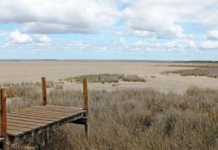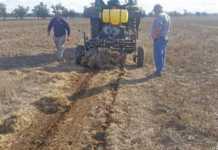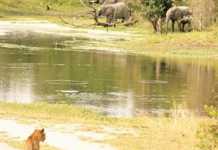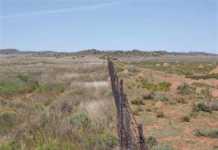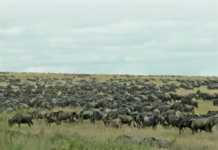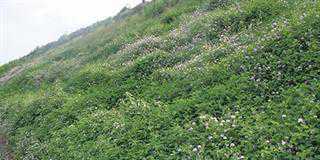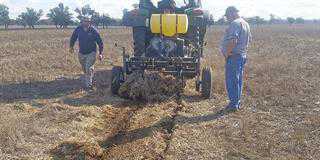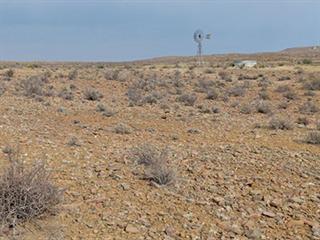
According to Allan Savory, it was the great botanist John Acocks who coined the phrase ‘overgrazed and understocked’. At first, this appears to be a paradox, but once you get your mind around it, you will realise just how well these three words encapsulate the reason for the tragic veld degradation in South Africa.
I first came across Acocks’ name in Grasses and Pastures of South Africa, published in 1955. There are two parts to this work. The first deals with the identification of grasses, the second with pasture management. In collaboration with Dr RA Dyer, Acocks’s contribution was three maps. One illustrated the various veld types prevalent in 1950. The second showed what Dyer and Acocks predicted they would be in 2050. The third showed what they could be if the veld were managed scientifically.
According to their 1950 map, deserts were limited to the drier western regions of the Karoo. The 2050 map reveals a 300% increase in the size of the desert area, with the ever-expanding desert poised to surround Bloemfontein.
The third map brings a sigh of relief – the deserts have disappeared.
Overgrazing
Yes, desertification can be reversed, and I believe it will happen in South Africa, thanks to the efforts of Acocks, Savory and others. Leading farmers are already proving that the Karoo desert can be transformed into highly productive grassland. As you can imagine, such an amazing transformation is infectious, and more and more farmers are following Savory’s approach. This is excellent news for South Africa and its fast- growing population.
While paging though Grasses and Pastures of South Africa to find Acocks’ maps, my eye caught a paragraph in a chapter entitled ‘The Chemistry and Physiology of Grasses’. Here the author, Dr H Weinman, reports on studies he had conducted to determine the effect of frequent cutting of grass. In other words, he was simulating overgrazing. He found that, “frequent cutting reduced the weight of roots and stem bases and their carbohydrate reserves and greatly diminished the recovery growth of the herbage during the season following the cutting treatments”.
There are also photographs showing that frequent defoliation is associated with a decline in the density of the vegetation. The message is that overgrazing of veld without adequate rest will eventually result in a desert. It should thus be clear what Acocks meant when he used the word ‘overgrazed’. Overgrazing creates a downward spiral; fewer and fewer animals, at a low level of production per head, can be run when such abusive grazing practices are applied.
Understocking
Without a multi-camp system, most farmers tend to understock individual camps, but overstock their farms. Understocking implies grazing a single camp for a long period – a month or more is not uncommon. Animals will then select only the most desirable grasses and go back to these plants as soon as regrowth occurs.
The longer the animals stay in the camp, the greater the damage, and the lower the productivity of the veld. Inevitably, the point is reached where there are too many animals on the farm and not enough good food throughout the year. The solution is to increase the number of animals in any given camp and move the herd or flock to the next camp before there is enough time for animals to graze plant regrowth. This means grouping herds to reduce the time spent in the camp and establishing more camps. This system can be economically viable if you use moveable or permanent electric fencing.
Moreover, the rewards are huge. An increase in carrying capacity of 200% to 400% is well within reach. The message is clear: increase stocking rate to prevent overgrazing.
John Fair is a leading expert on pastures. He heads up Fair’s Biofarm Assist, and can be phoned on 058 622 3585 or contacted at [email protected].

